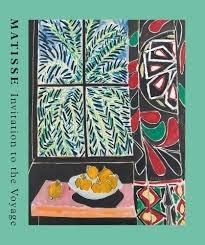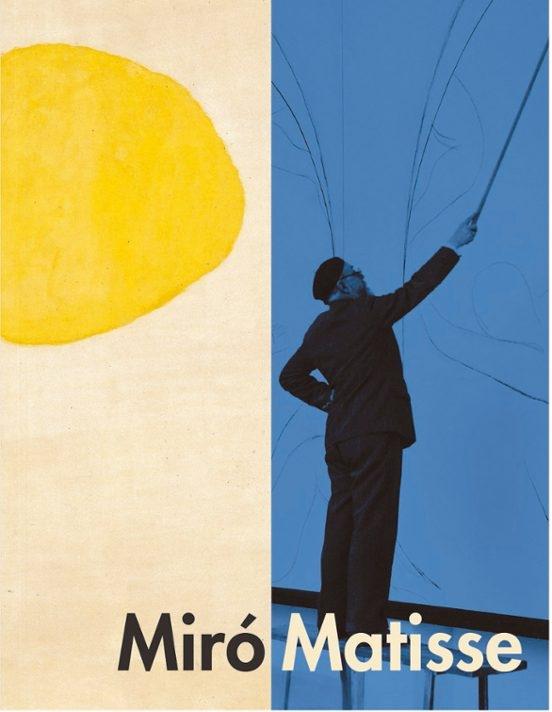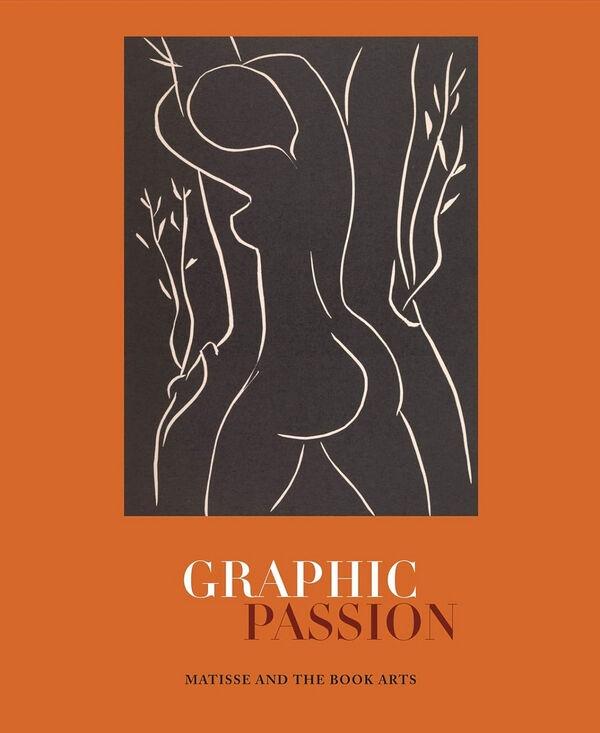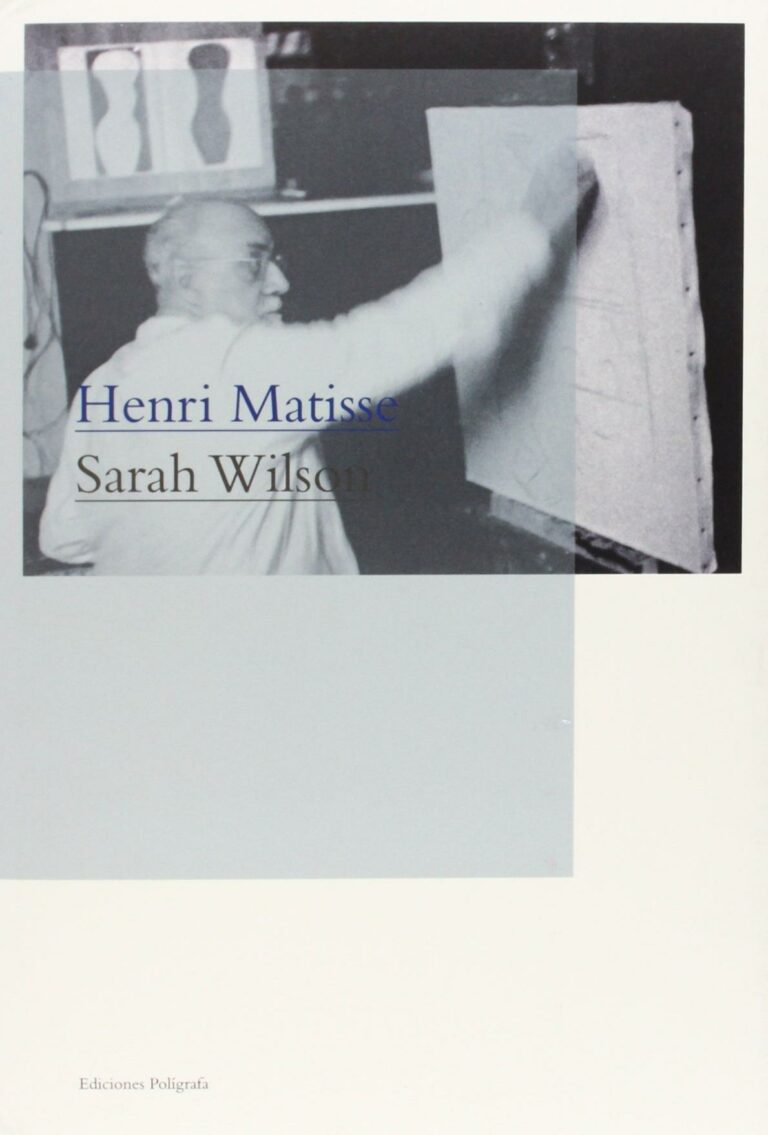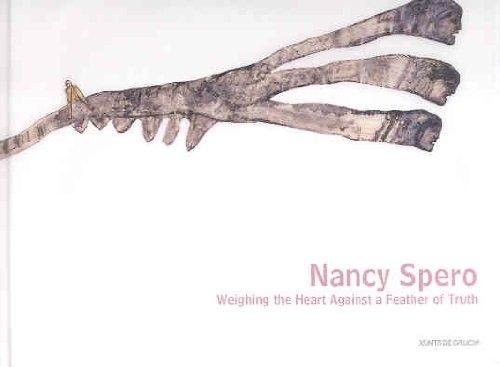MATISSE: THE BOOKS
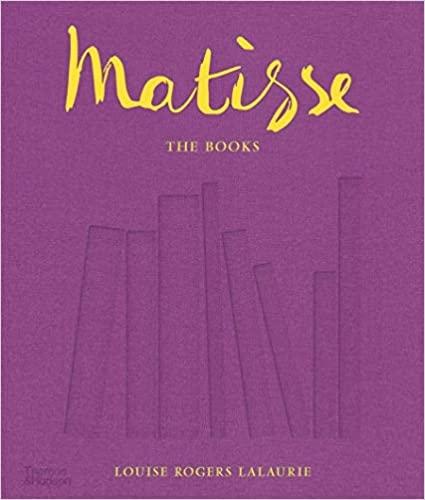
The livre dartiste, or artists book, is among the most prized in rare book collections. Henri Matisse (18691954) was one of the greatest artists to work in this genre, creating his most important books over a period of eighteen years from 1932 to 1950 a time of personal upheaval and physical suffering, as well as conflict and occupation for France. Brimming with powerful themes and imagery, these works are crucial to an understanding of Matisses oeuvre, yet much of their content has never been seen by a wider audience.
In Matisse: The Books, Louise Rogers Lalaurie reintroduces us to Matisse by considering how in each of eight limited-edition volumes, the artist constructs an intriguing dialogue between word and image. She also highlights the books profound significance for Matisse as the catalysts for the extraordinary second life of his paper cut-outs. In concert with an eclectic selection of poetry, drama and, tantalizingly, Matisses own words, the books images offer an astonishing portrait of creative resistance and regeneration.
Matisses books contain some of the artists best-known graphic works the magnificent, belligerent swan from the Poésies de Stéphane Mallarmé, or the vigorous linocut profile from Pasiphaé (1944), reversed in a single, rippling stroke out of a lake of velvety black. In Jazz, the cut-out silhouette of Icarus plummets through the azure, surrounded by yellow starbursts, his heart a mesmerizing dot of red. But while such individual images are well known, their place in an integrated sequence of pictures, decorations and words is not.
With deftness and sensitivity, Lalaurie explores the page-by-page interplay of the books, translating key sequences and discussing their distinct themes and creative genesis. Together Matisses artist books reveal his deep engagement with questions of beauty and truth; his faith; his perspectives on aging, loss, and inspiration; and his relationship to his critics, the French art establishment and the women in his life. In addition, Matisse: The Books illuminates the artists often misunderstood political affinities in particular, his decision to live in the collaborationist Vichy zone, throughout World War II. Matisses wartime books are revealed as a body of work that stands as a deeply personal statement of resistance.
Sin existencias
Sin existencias en este momento. Si desea información sobre el libro, por favor contacte con bookshop@ivorypress.com

